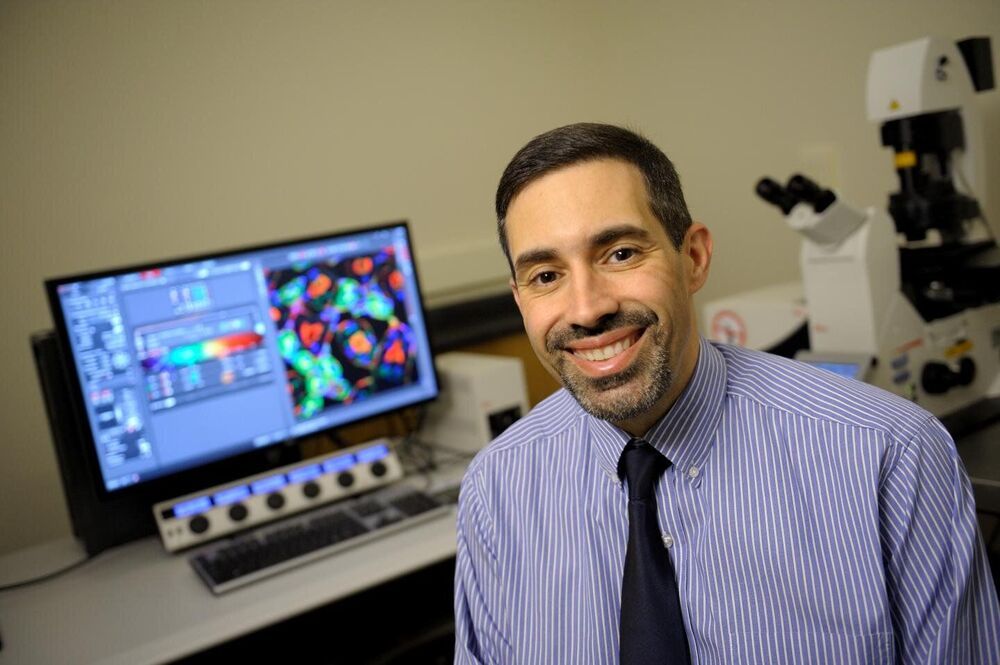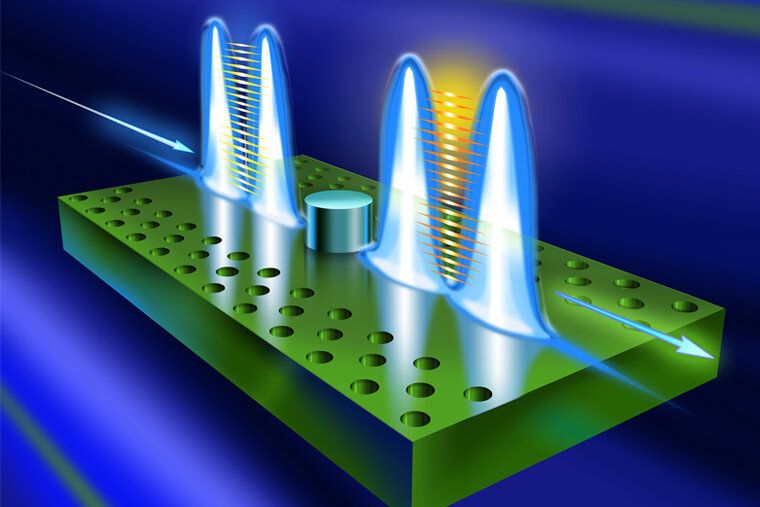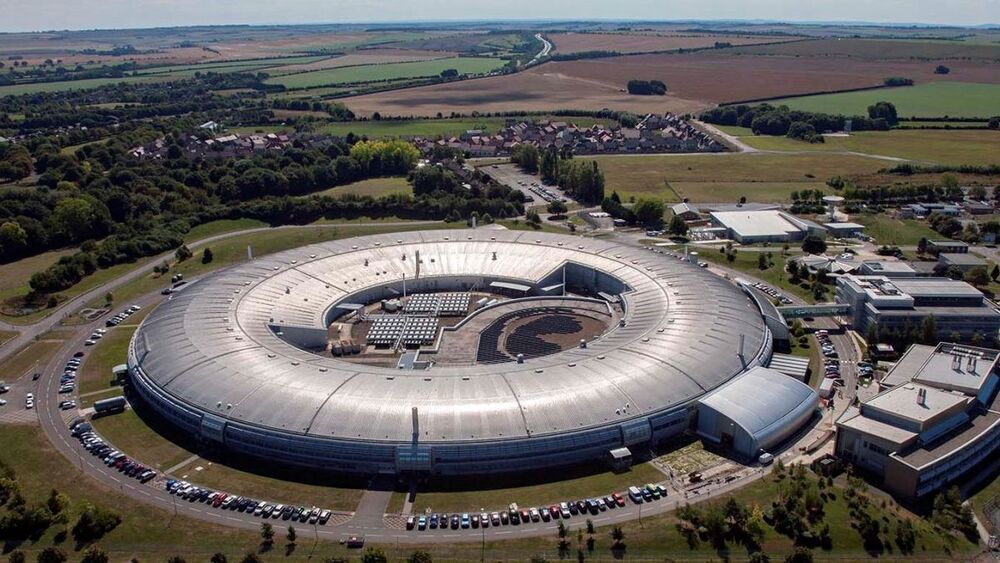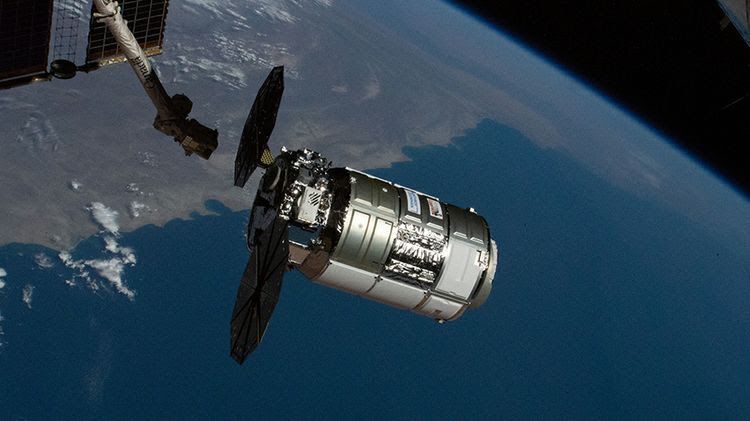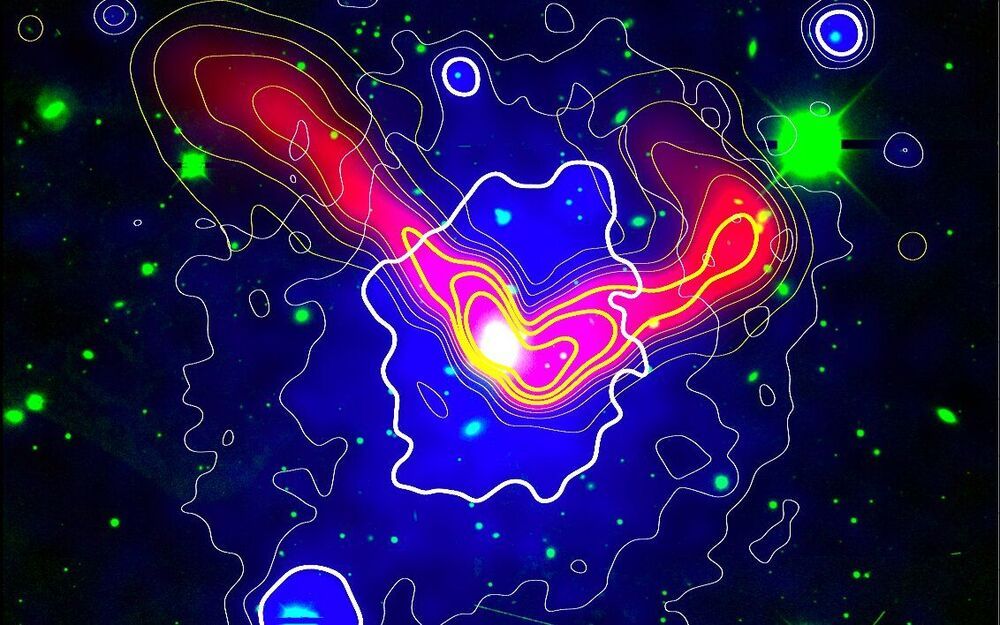A team of neuroscientists at the Beckman Institute for Advanced Science and Technology, led by Baher Ibrahim and Dr. Daniel Llano, has published a study in eLife that furthers our understanding of how the brain perceives everyday sensory inputs.
“There is a traditional idea that the way that we experience the world is sort of like a movie being played on a projector. All the sensory information that is coming in is being played on our cerebral cortex and that’s how we see things and hear things,” said Llano, a Beckman researcher and associate professor in the Department of Molecular and Integrative Physiology at the University of Illinois Urbana-Champaign.
However, quite a few studies over the years have challenged this traditional view of how we perceive the world. These studies present a new model: Rather than projecting information onto the cortex, the thalamus might be selecting information that is already present in the cortex, based on our learned experiences.
